Clean extinguishing agents
Gas extinguishers contain a special pure extinguishing agent that is electrically non-conductive, non-toxic and non-corrosive. This type of extinguisher is particularly effective against Class A and B fires . Gas extinguishers are characterised by their ability to effectively extinguish a fire without leaving residues, minimising the risk of damage to machinery, an importantdocuments, electronics and are therefore particularly suitable for extinguishing electronic equipment, computer technology, data carriers, archives or museums. These extinguishers are the official replacement for the banned type of halons, which for environmental reasons may no longer be used.
WHAT CLASSES OF FIRE ARE GAS EXTINGUISHERS DESIGNED FOR?
Gas extinguishers are designed to extinguish the following classes of fire:
- Class A - solid or organic materials such as wood, coal, paper, textiles or plastics.
- Class B - flammable liquids such as gasoline, petroleum oil, paint, or diesel
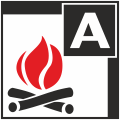
.png)

WHAT ARE THE TECHNICAL SPECIFICATIONS OF GAS EXTINGUISHERS?
We offer these extinguishers with either HFC Saclon 2 ECO or FK 5-1-12. Gas extinguishers are usually manufactured with different filling capacities, commonly 2kg, 4kg, 6kg to suit different needs and applications. The extinguishers are also manufactured to withstand extreme temperatures, typically ranging from -20°C - +60°C, allowing them to be used in a variety of climatic conditions.
WHAT IS THE IMPORTANCE OF THE RATING OF A FIRE EXTINGUISHER?
The extinguishing capability, or rating, is represented on the extinguisher by a combination of numbers and letters (e.g. 5A 34B, 8A 89B, etc.). The numbers indicate the size of the standard fire to be extinguished and the letters indicate the class of each fire. Thus, in the example shown, 5A 34B is the extinguishing power of 5 for fire class A and 34 for fire class B. Fire class A has a total of 8 different levels for extinguishing power and class B has a total of 9.


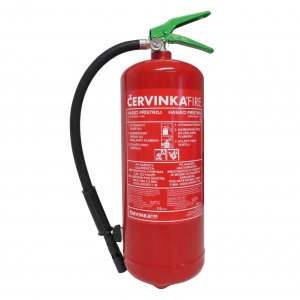
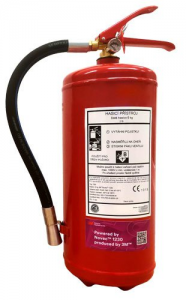
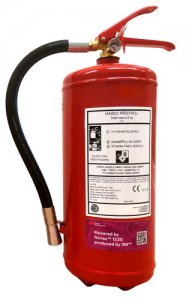
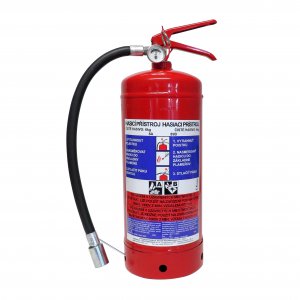

 Settings
Settings